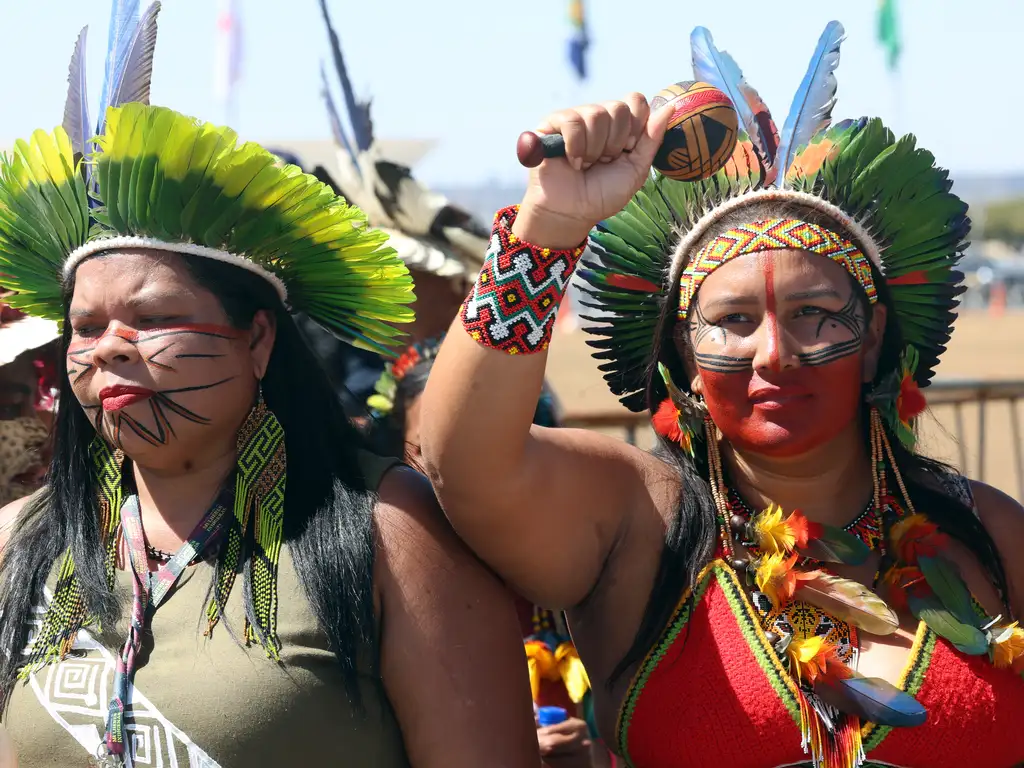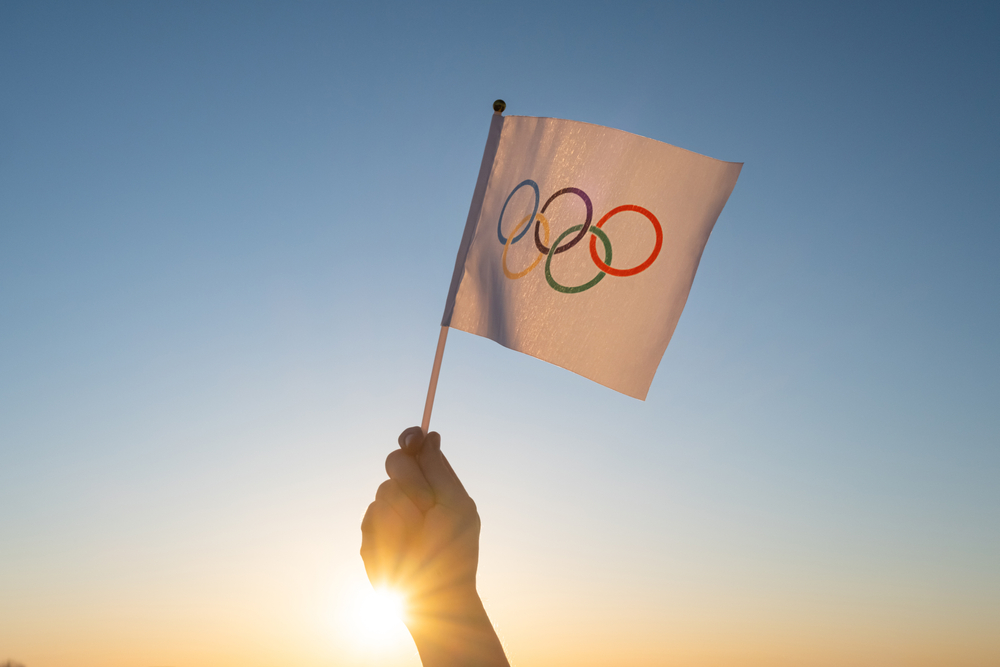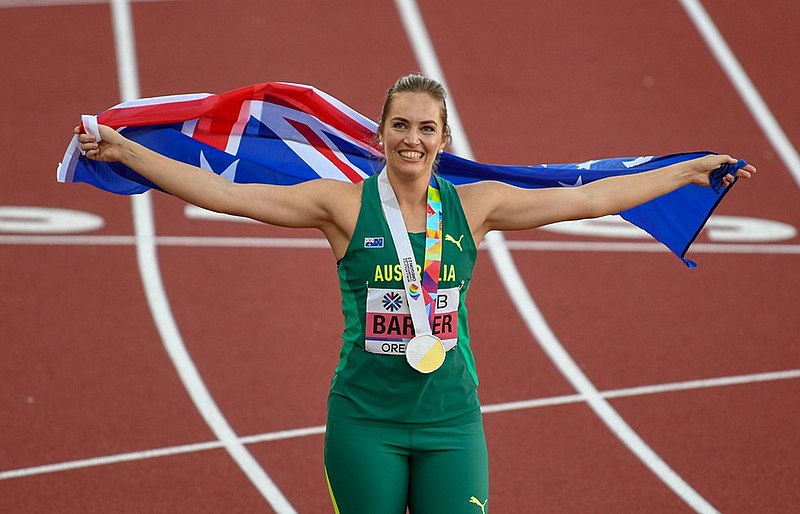 #News
#News
Extreme heat at the Paris Olympics
Researchers and athletes come together to warn of the health risks of high temperatures during the games, and propose a review of sponsorship by the fossil fuel sector
 The 2020 Tokyo Olympic Games, held in 2021 due to the COVID-19 pandemic, made history for being the hottest Olympics ever recorded; temperatures exceeded 34°C, with 70% humidity, and many athletes suffered from the extreme heat | Image: Shutterstock
The 2020 Tokyo Olympic Games, held in 2021 due to the COVID-19 pandemic, made history for being the hottest Olympics ever recorded; temperatures exceeded 34°C, with 70% humidity, and many athletes suffered from the extreme heat | Image: Shutterstock
“At the Tokyo Olympics it was impossible to hydrate well enough to combat the heat and humidity. Dehydration, headaches, and lethargy were normal and it was pure bad luck if you had to play through the hottest part of the day. At the time, I felt as if the heat was bordering on true risk—the type that could potentially be fatal. One of the world’s leading tennis players [Daniil Medvedev, who won gold in 2021] said he thought that somebody could die in Tokyo, and I don’t feel that was much of an exaggeration, especially when you are playing for your country and the desperation to perform is running through your veins.”
This testimony by New Zealand tennis player Marcus Daniell, who won a bronze medal in the last Olympics, portrays the feeling of athletes during the games, which became known as the hottest in history. The temperature in Tokyo exceeded 34°C, with humidity nearing 70%.
Competitors vomited and collapsed at the finish line, with wheelchairs deployed to transport athletes from sun-scorched arenas. Cases of extreme heat, undermining the health and enjoyment of watching sporting spectacles, have only increased since then.
The outlook for the Paris Olympics, set to take place between July 26 and August 11, is not great. Global warming has pushed worldwide temperatures to unprecedented records: 2023 was the hottest year, and 2024 saw the hottest recorded April in history.
Since Paris hosted the 1924 Olympics, global temperatures have increased by 1.8°C. During the competition period, the average is currently 3.1°C higher than it was 100 years ago.
Consequently, a group of 11 athletes, organizations, and researchers launched the report “Rings of Fire: Heat Risks at the 2024 Paris Olympics.”
In the document, the authors warn of the dangers of extreme heat in sports, and make five recommendations for the games in the French capital.
The first two—more immediate—are scheduling events at appropriate times to avoid the extreme heat, and assuring the safety of the athletes and attending public in the high temperatures, with rehydration and cooling plans improved against the last Olympiad.
The three remaining recommendations are geared toward the medium term: one is the empowerment of athletes to speak out about climate change.
Another guideline seeks to stimulate collaboration between sporting federations and athletes in awareness-raising campaigns. The boldest suggestion is to reassess sponsorship by fossil-fuel corporations.
“The main cause of climate change is clear: emissions from the burning of fossil fuels. Sport needs to reexamine its relationship with companies in this sector. Sponsorship may provide the much-needed funding, but the long-term cost of these partnerships needs to be reevaluated,” says the document.
Extreme heat ailments
“Hot and/or humid conditions can hamper heat loss in an environment, and make body temperature regulation more difficult. This undermines physical performance, particularly when exposure is prolonged, and high yield is needed,” write Mike Tipton and Jo Corbett, professors at the University of Portsmouth, UK, and coordinators of the report.
The researchers go on to explain that athlete performance wanes as the temperature increases beyond 11°C.
Excess heat and humidity can have other impacts: sunburn and cramps, exhaustion, and exercise-induced heat strain, a risk to health and well-being not just for athletes, but also spectators, authorities, and organization staff.
“During the 2019 University Games in Naples, heat exposure caused long-term fatigue which plagued me for almost two months. I experienced symptoms similar to those of excessive training, but it was basically the heat that had ‘fried’ my nervous system. I felt tired; exhausted most of the time,” reports Swiss runner Ajla Del Ponte in the document; Del Ponte won gold in the 2021 European Indoor Athletics Championship 60-meter race.
“It’s alarming how quickly this is becoming a reality. While we adapt to the likelihood of competing in extreme heat, the wider picture on why we are having to deal with this is not being addressed; it is just accepted and planned for [adapting],” adds Australian Kelsey-Lee Barber, who won a bronze in Tokyo.

According to the authors, the report provides athletes with a platform to stand against the climate of fear that has pervaded them, to voice the warning and fuel the hope of change.
“The rest of the sporting world needs to listen and engage with these concerns and recommendations. Essentially, within and outside sport, we need to drive forward with climate-change actions and urgently reduce emissions, which largely emanate from fossil fuels. The welfare of athletes and supporters, the future of the Olympic Games, and the survival of sport depend on it,” they conclude.
*
This article may be republished online under the CC-BY-NC-ND Creative Commons license.
The text must not be edited and the author(s) and source (Science Arena) must be credited.
News
 #News
#News
 #News
#News
 #News
#News
